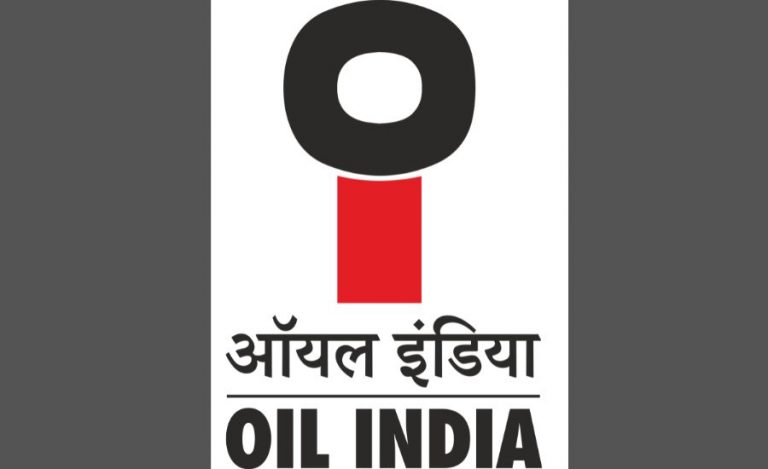In a groundbreaking effort to protect India’s national animal, four states – Chhattisgarh, Andhra Pradesh, Telangana, and Maharashtra – have launched a collaborative project aimed at safeguarding the country’s tiger population. This historic partnership marks the first time these states have come together specifically to address the challenges of tiger conservation, with a multifaceted strategy focusing on combating poaching, securing habitats, and ensuring safe corridors for these majestic creatures.
To learn more about this initiative, Indian Masterminds spoke with Elusing Meru, a 1990 batch IFS officer and Principal Chief Conservator of Forests (Wildlife) in Telangana; Prem Kumar, a 1994 batch IFS officer and Additional PCCF (Wildlife) in Chhattisgarh; and RC Dugga, a 2007 batch IFS officer and Chief Conservator of Forests at Indravati Tiger Reserve.
The Need for Collaboration
The four landscapes of these states are interconnected, with the Godavari River cutting across them. During the summer months, when river flows decrease, tigers often cross state lines in search of new territory. While monitoring efforts are in place, a prolonged absence of a tiger from a specific area can go unnoticed, leaving states unaware of its status. This situation has sometimes been exploited by poachers. However, with the new collaboration, all four states are now in constant communication, allowing for immediate updates on tiger locations and movements, enhancing their collective conservation efforts.
How the system works
The states are equipped with cameras to track the animals, utilizing the unique stripe patterns of tigers for identification. If a missing tiger is found in one state, its distinctive stripes indicate that it has crossed into another state. This method allows for effective monitoring of tiger movements. Even if a tiger is reported missing during routine checks, its photograph is shared with neighboring states.
Mr Meru said, “This collaborative approach enables swift identification, as the other states can match the stripe pattern and promptly inform the originating state.”
Collaboration for Conservation
The initiative, which originally began in 2018-19, marked the first collaboration among the states. Recently, it has been reshaped to incorporate enhanced monitoring techniques, further strengthening the efforts for tiger conservation. This revitalized approach aims to improve coordination and effectiveness in tracking and protecting tigers across the interconnected landscapes.
This collaborative effort marks the first time these states have come together specifically for tiger conservation. Initial meetings have taken place between officials from each state, resulting in a comprehensive action plan designed to address the challenges facing tiger populations.
Strategies for Surveillance and Monitoring Strategies
The action plan developed during the initial meetings lays out a series of strategies to enhance tiger protection across the four states. Central to these efforts is a robust surveillance and monitoring system designed to track tiger movements, identify potential threats, and respond swiftly to incidents of poaching or habitat encroachment. Key components of this strategy include:
- Daily Patrols: Each state will conduct regular patrols within their respective tiger reserves. These patrols will be documented in logs that will be shared among the states, fostering transparency and accountability.
- Prey Base Surveys: Understanding the prey dynamics is critical for maintaining a healthy tiger population. Officials will conduct surveys to investigate any carcasses or remains of wild animals found in reserves, which will provide insights into hunting patterns and the health of the ecosystem.
- Monitoring Footprints: The use of pressure impression pads will allow for the tracking of tiger, leopard, and herbivore movements. These pads will be checked every ten days to record the footprints of these animals, providing valuable data on their distribution and behavior.
- Camera Traps: Collaborating with trained personnel from WWF India, the states will deploy camera traps to monitor tiger movements. This technology will enable real-time reporting on tiger activity, assisting in identifying any potential threats or illegal activities in the reserves.
- DNA Testing: Fecal samples collected from reserves will be sent to laboratories in Dehradun for DNA analysis. This testing will help determine whether tigers are migrating between reserves and provide insights into their health and genetic diversity.
Anti-Poaching Efforts and Data Sharing
A critical aspect of the initiative is enhancing anti-poaching efforts through improved coordination among the states. This includes implementing surveillance along reserve borders to monitor and swiftly respond to poaching activities. Effective communication channels will be established among anti-poaching squads to ensure quicker responses to incidents and better information sharing. Additionally, a crime database will be maintained using Geographic Information Systems (GIS) technology, enabling regular updates and exchanges of crime data across the states.
Current Tiger Populations
Maharashtra is home to the Tadoba Tiger Reserve, one of the region’s most significant reserves, which houses approximately 30 tigers and serves as a focal point for conservation efforts within the state’s robust ecological framework. In contrast, Andhra Pradesh and Telangana, while having limited tiger reserves, collectively support a population of about 40 to 50 tigers. Their commitment to conservation is essential, particularly in light of challenges such as habitat fragmentation and human-wildlife conflict. Meanwhile, Chhattisgarh’s Indravati Tiger Reserve has a smaller population, estimated at just 5 to 7 tigers, underscoring the urgent need for targeted conservation initiatives and habitat protection in the area.
.A Commitment to Conservation
This collaborative initiative underscores a significant commitment to safeguarding India’s national animal. As CCF Dugga “Our goal is clear: to secure our tiger populations and ensure their long-term survival through effective cooperation and innovative strategies.”
The states are focusing on strategies to prevent hunting and establish safe areas for tigers to thrive. A significant aspect of the project is the potential relocation of tigers from reserves with higher populations to those where numbers are critically low. However, officials emphasize that before any movement occurs, securing the existing habitats is paramount.
The four states are poised to set a precedent in wildlife conservation, demonstrating that unity can create a stronger front against the challenges facing the tiger population in India.






























